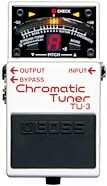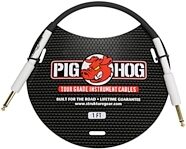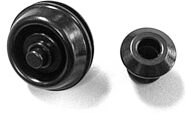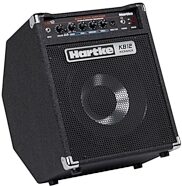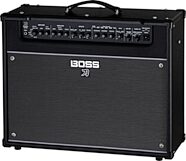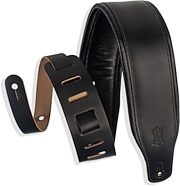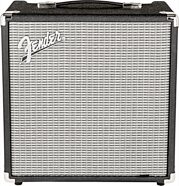Ibanez AFB200 Artcore Hollowbody Electric Bass
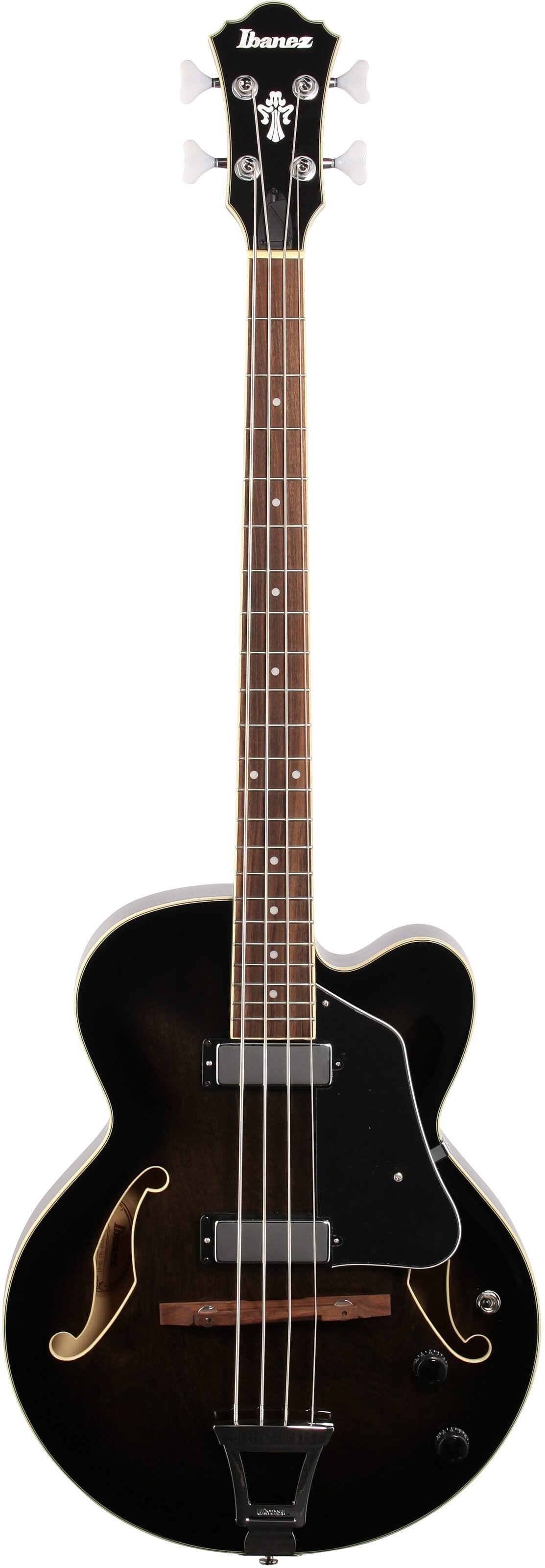
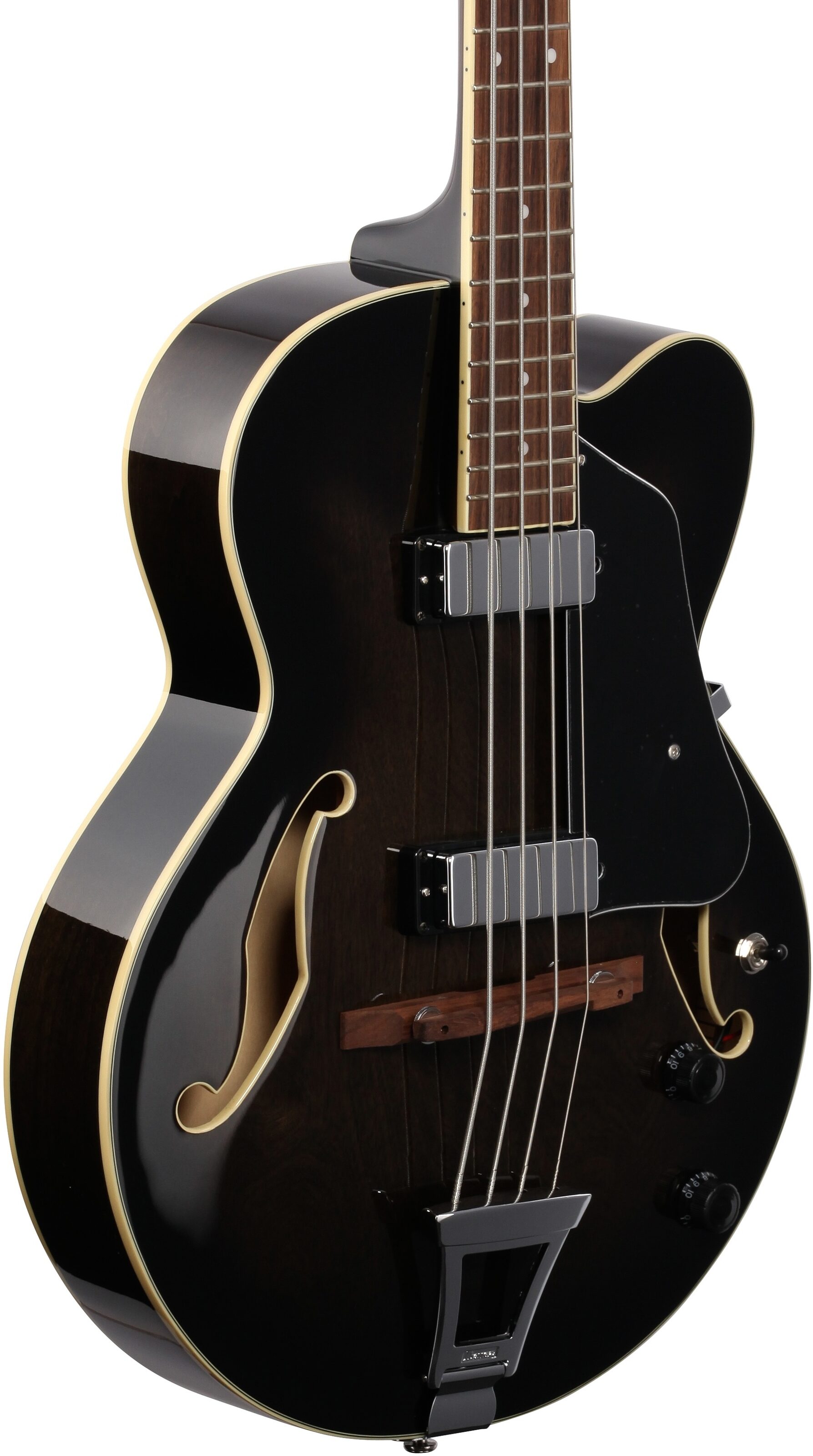
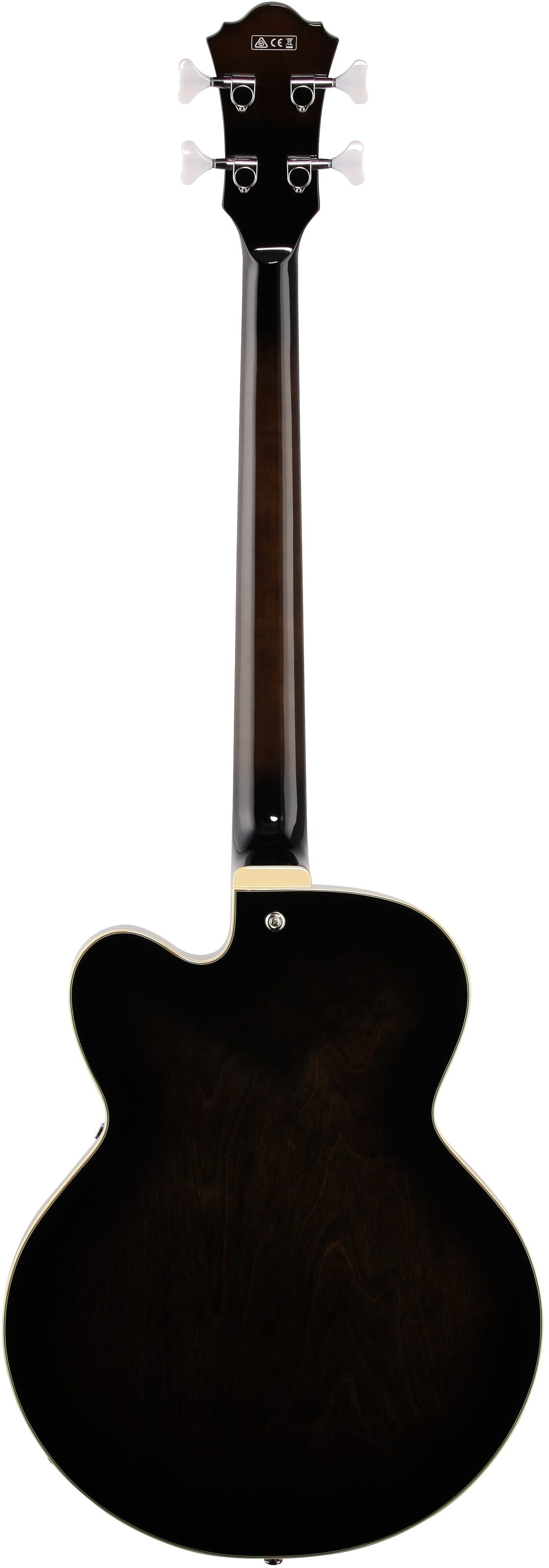
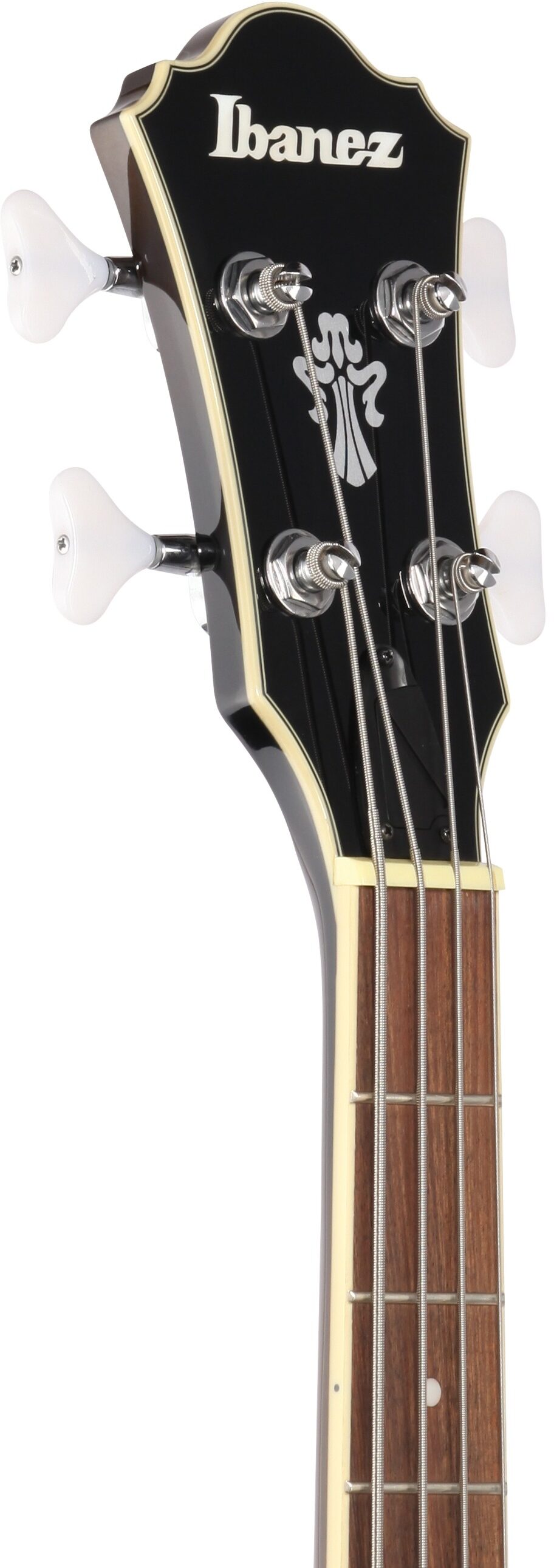
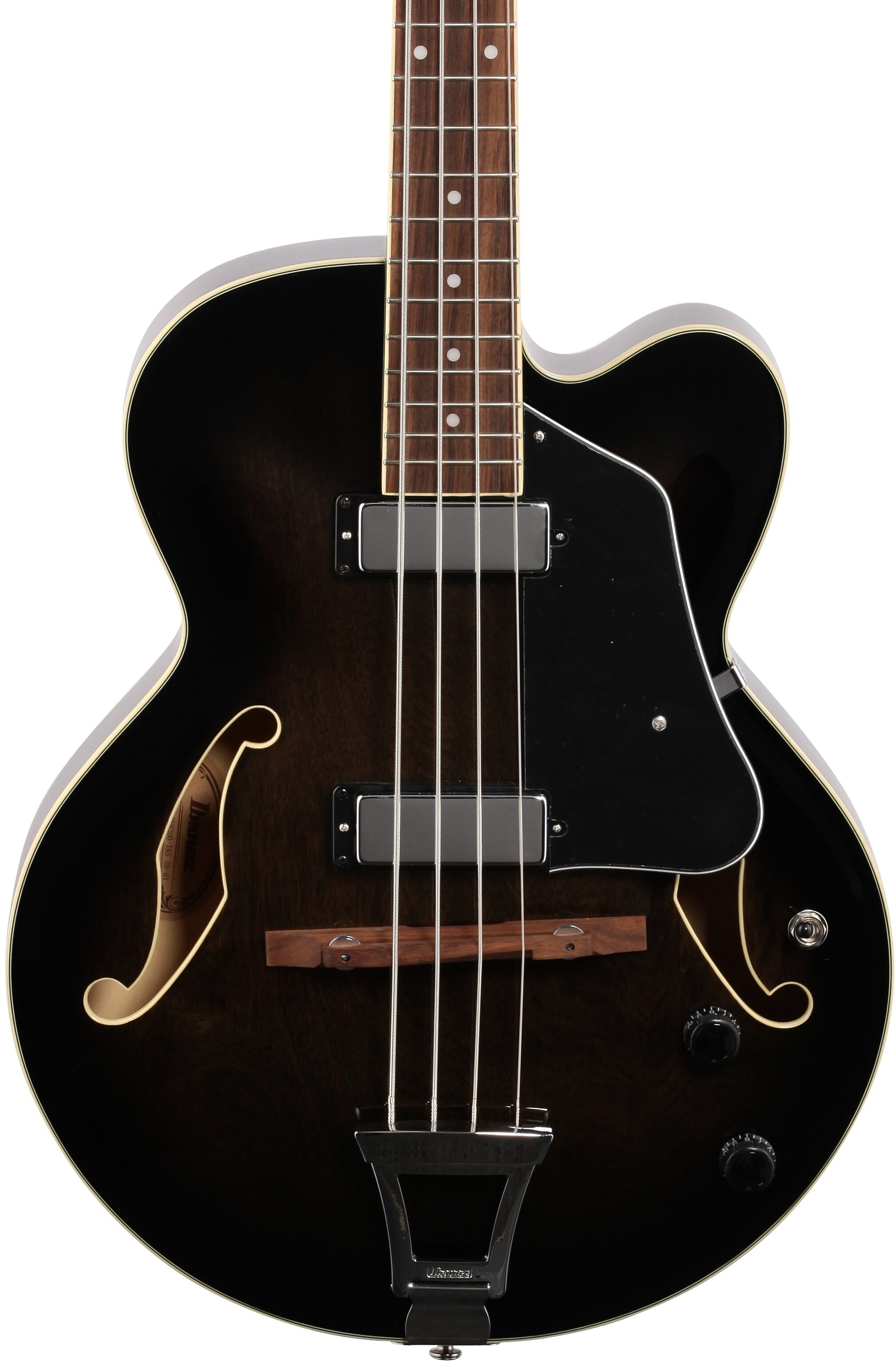

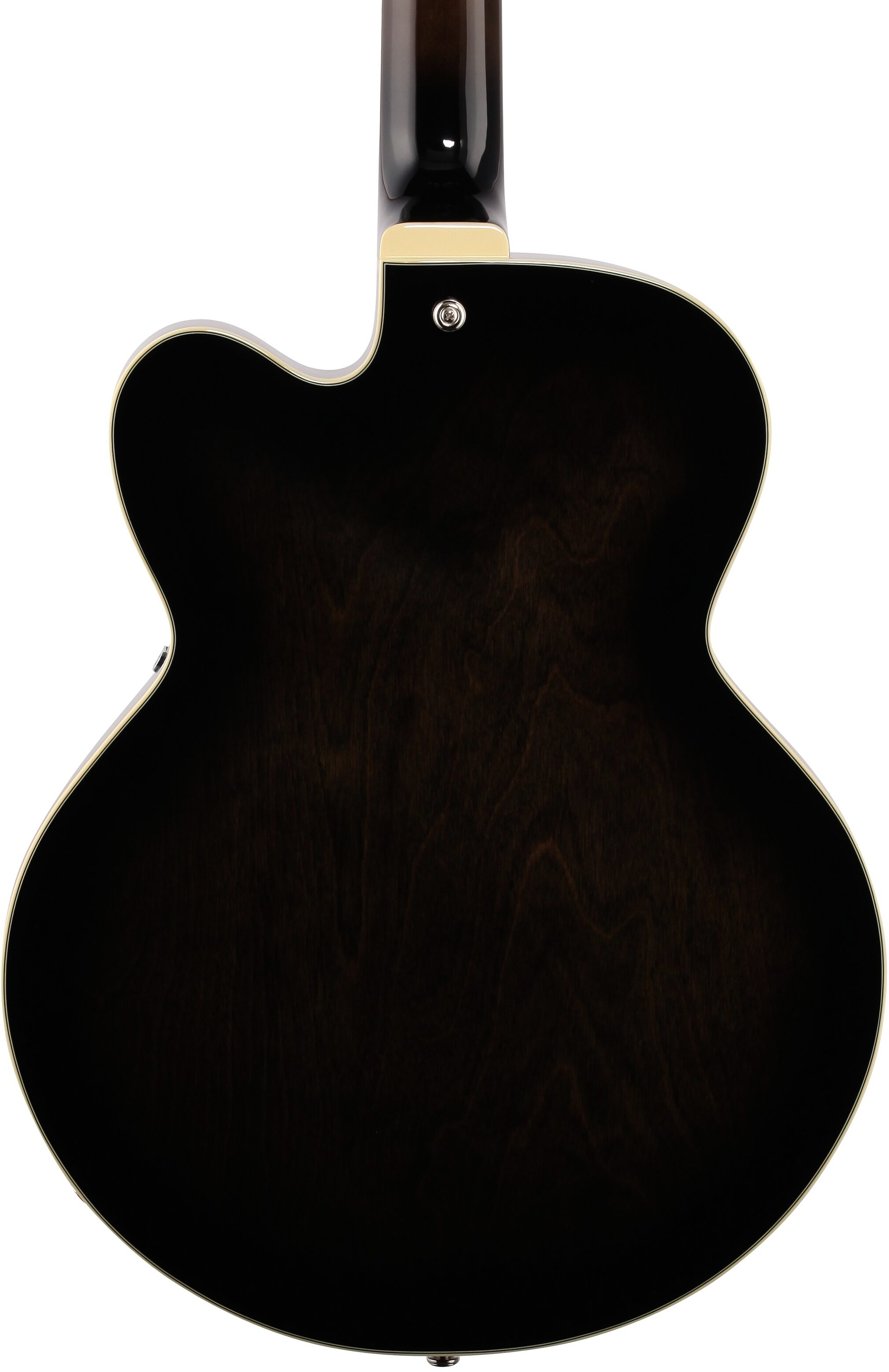
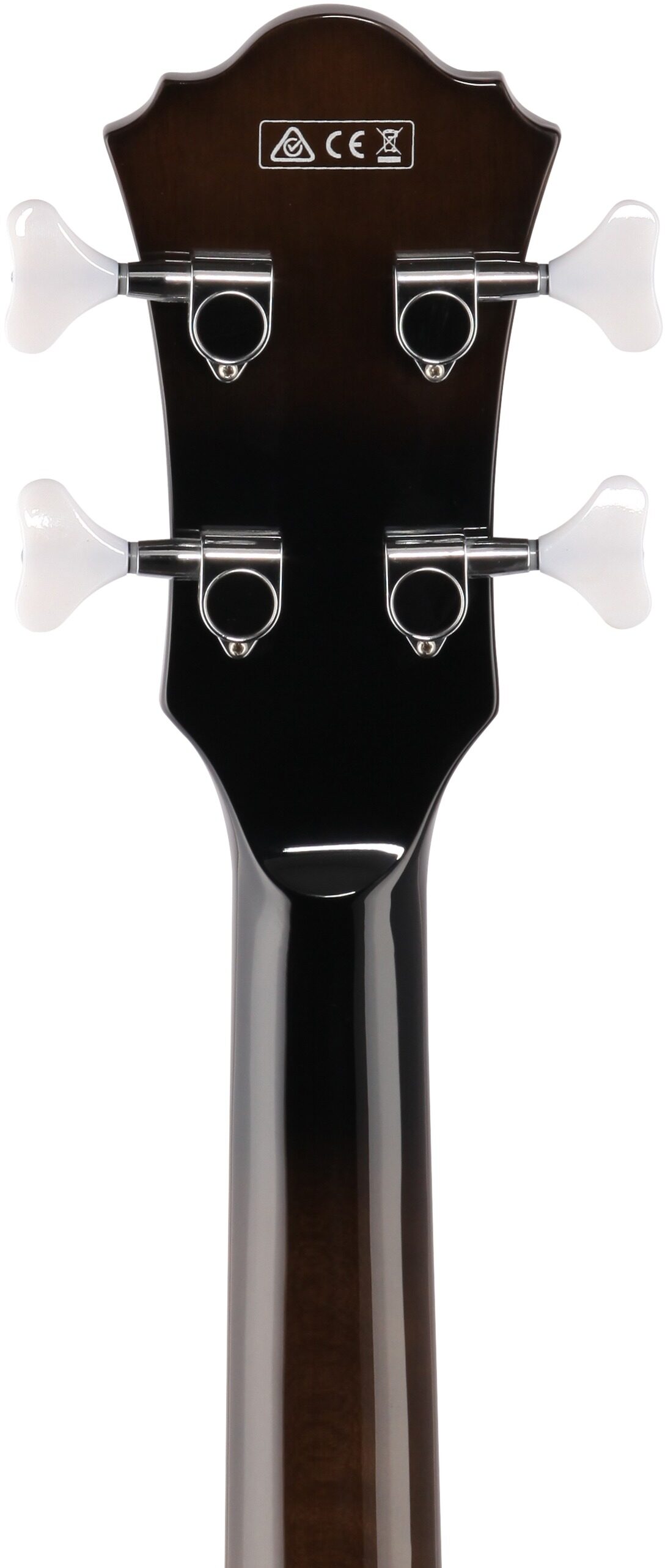
zZounds Gear Experts Say...
The classy Ibanez Artcore AFB200 hollowbody bass features a slim, set-in neck and humbucking pickups for a resonant -- yet tightly focused -- bass tone.
What's special about this item?
| Feature: | What it does: |
|---|---|
| Laurel fingerboard | Chocolate hue; similar feel and tone to rosewood |
| Ibanez ACH pickups | Powerful and articulate tone |
| Fully hollow body | Single tone chamber, resonant and alive sound |
| ACHB-B2 humbucking pickup | Warm, full tone; very versatile humbucker |
Overview
With the Artcore AFB200 bass, Ibanez luthiers used their years of experience to produce a comfortable playing guitar with a warm full-bodied tone! The AFB200 features a Linden top, back and sides. The fretboard is a rich Laurel, contrasted by white dot inlays. The 3-piece Artcore Maple/Mahogany neck has proven its reliability on thousands of Ibanez hollow and semi-hollow bodies throughout the years. The Laurel wood bridge is rock solid. The Classic Elite pickups are matched perfectly to Artcore basses: very responsive, warm in tone coloration yet since they are of moderate output, minimizing the likelihood of feedback.
- Maple top/back/sides
- Bound Laurel fingerboard with large frets and pearl dot inlay
- ACHB-N2 neck pickup and ACHB-B2 bridge pickup
Features:
- Artcore Bass Set-in neck is both comfortable and stable- Maple top/back/sides
- Bound Laurel fingerboard with large frets and pearl dot inlay
- ACHB-N2 neck pickup and ACHB-B2 bridge pickup
WARNING: Cancer and Reproductive Harm - www.p65Warnings.ca.gov.
Specs
- Neck: 3pc Mahogany/Maple Artcore bass set-in neck
- Neck Type: Artcore Bass Set-In
- Body: Maple top/back/sides
- Frets: Large frets
- Fingerboard: Bound Laurel
- Inlay: Pearl Dot
- Bridge: ART wooden
- Neck Pickup: ACHB-2 neck pickup
- Middle Pickup: ACHB-2 bridge pickup
- Hardware Color: Gold
- Width: Max width at lower bout: 15 3/4"
- Body Thickness: Max body thickness: 3 5/8"
- Neck Type: Artcore Bass Set-In
- Body: Maple top/back/sides
- Frets: Large frets
- Fingerboard: Bound Laurel
- Inlay: Pearl Dot
- Bridge: ART wooden
- Neck Pickup: ACHB-2 neck pickup
- Middle Pickup: ACHB-2 bridge pickup
- Hardware Color: Gold
- Width: Max width at lower bout: 15 3/4"
- Body Thickness: Max body thickness: 3 5/8"
- Dimensions and Weight in Packaging
- Transparent Black Sunburst
- Shipping Weight: 11.25 lbs
- Shipping Dimensions: 49 x 21 x 6 in
- Manufacturer Part Number (MPN): AFB200TKS
Documents and Manuals
For support or warranty questions, please contact the manufacturer:
Phone: 800-669-8262
Web: https://www.ibanez.com/usa/support/
Phone: 800-669-8262
Web: https://www.ibanez.com/usa/support/
Reviews
Reviewers gave this product an overall rating of 4.5 out of 5 stars.
(11 ratings)
Submitted February 15, 2020 by Dan L in Asheville, NC
"AFB200 Artcore Bass - Real Old School TONE"
I went on a serious bass quest for the classic early 1960s almost stand-up tonal quality; a kind of thunky plucked melodic punch that is very different from the bottom heavy electric sound coming off of most modern basses. The sound I wanted was semi-acoustic, where you can actually hear the strings drive the energy down through the bridge into the wooden top, but also has the ability to exceed the doghouse bass. To establish my potential ability to hear what I was after, I’ve been a professional musician, guitarist keyboardist and audio engineer for four decades.The recorded bass of that early Beatles era is tight, punchy and melodic, a low voice adding another distinct melody; as rock progressed, much of this great balance in bass was lost in the volume wars.I went through a number of the classic basses, including a Gibson hollow body from the early 70s (pure mud!) and a fine American Fender 5 string Jazz (amazing bass, but not the tone I was hearing in my mind) and then every hollow body bass I could find on the web (other than antiques with insane prices).I tried and then entirely discarded the flat top, round sound hole acoustic guitar type bass; they don’t have the percussive thump that Archtops do. Archtops became my focus.Studying the legendary Motown bassist James Jamerson, I learned that he preferred flat wound strings, and that was a crucial part of developing the sound I was after; typical bass strings are round wound, and a slide results in a zipper sound; flat…
read more
wound strings are smooth, warm and fat, and a slide is pure melodic tone, no zipper.At one point I owned eight Archtop basses that I was able to compare, (after changing all the string sets to flat-wound/tape-wound strings) playing the same parts with the same amp settings. Obsessive? Oh yeah.Bottom line: this Ibanez AFB200 with the floating wooden bridge was one of two keepers (the other being a somewhat rare Yamaha BEX bass). The wooden bridge is actually the key as much as anything; that wooden “thunk” when the string energy transmits down into the top is part of the tone I was after; other Archtop basses, as beautiful as they were, mostly had modern metal bridges ( like the Jack Cassidy Epi and even the other styles of Ibanez hollow bass) and while they were cool and sounded good, they just didn’t have that true bass sound like the AFB200. Look closely and you’ll notice that the floating wooden bridge is much longer than many others, making more contact and sound transfer from string to wood bridge to wood top; I think much of the tone happens here. Some will immediately want to mod the bass and upgrade the pickups; I just added some great flat wound strings and a Fender 12” bass amp.If you want the wooden early 60s sounding bass like I did, here’s a few tips:1. Buy the AFB2002. Buy an expensive set of fine flat tape-wound strings like RotoSound ; I generally like the black ones best, although Thomastec Infeld makes a set of silver flats that sound amazing and almost feel alive under your fingers. Bass strings last for years and James Jamerson never changed his, so buy the best once and be done with it. ( There is a flat sound set of strings with his name on them that are quite good too!)3. The bass tuners on this bass are crap; pretty looking but crap. The pretty ivoroid knobs eventually crack off, so just dump them early and save the grief. Plan on dropping 50 bucks on a set of all metal Japanese style tuners with a higher gear ratio in; a moment of light work with a large rattail file evenly around the inside of the tuner holes will remove the overspray and allow the new tuners to drop right in , and that problem will be solved forever.4. Understand the tone you’re after. The problem with modern basses is that somewhere during the later rock era, bass tone and equipment got totally blown out of proportion, and amps started offering the full range of the audio spectrum to bass players, which makes no more sense than limiting a keyboard or guitar to only low frequencies. ( There’s a good reason why most bass potentiometers on mixers are set at 80 Htz... to cut the mud out and clean up the mix.Real bass tone happens mostly between about 80 Htz and 150 Htz, with the sweet spot for semi-acoustic and stand up basses being generally between 110 and 135; there are exceptions to everything, but this I’ve found to be most often the case across hundreds of critical mixes. 40 Htz and below is pure mud, and often as high as 80 Htz; if you don’t cut it, you’re adding mud to your mix. Conversely, any bass tone above around 150 is crowding other instruments and muddying the low mids. But this is what’s cool about the early 60s bass sound; by being a touch higher, you can hear it as a distinct low voice and melody, while later music styles took bass lower and lower until melody and nuance are almost totally lost in the boom. So look for the sweet spot up around 120 to 135, and cut the mud out below 70, even 80 htz; the vocals will shine and the guitars will ring out in a mix.Finally, while I’m talking bass, here’s the one truth about bass that most bass players don’t want to hear or believe. Bass freqs are always the biggest problem in most live performances. I’ve both performed and mixed sound at hundreds of events, so I speak from long professional experience. Bass players set up their rig, stand a few feet in front and set their amp so it sounds good to them. The problem is that a bass sound wave takes much longer to develop than other freqs, usually around 25 feet, so a bass tone that sounds fat to a bass player becomes muddled and booming by the time it hits the audience and gets progressively worse as it gets towards the back of the room, and then bounces around the room, obscuring all the other musicians, vocalists etc. Outside gigs are more forgiving, unless you have buildings nearby to reflect and bounce the sound; indoors, Bass is always the potential threat to a good sounding gig. Bass freqs are more powerful than all the others, so a wise bass player will intentionally adjust his/her tone to be as mud free and clear as they can stand it on stage, knowing that the bass tone will continue to expand and grow deeper and warmer as it travels towards the audience, so that the overall band mix will sound far better as a result.Believe it or not, it’s true.Peace!
Musical Background:
Professional musician and audio engineer, four-plus decades
Musical Style:
Early rock n’ roll, Americana, early blues, folk, traditional, old time, electronic neo-classical , folk-rock , singer-songwrite read less
Musical Background:
Professional musician and audio engineer, four-plus decades
Musical Style:
Early rock n’ roll, Americana, early blues, folk, traditional, old time, electronic neo-classical , folk-rock , singer-songwrite read less
80 of 80 people (100%) people found this review helpful. Did you?
Thanks for your opinion!
Transparent Black Sunburst
$599.99
- 12 x$50.00
FREE -Day Shipping!
Get it
for
Get it
(or get it
with an order of
),
if you order within
Shipping to
This is a carousel with product cards. Use the previous and next buttons to navigate.
People who bought this item also bought
This is a carousel with product cards. Use the previous and next buttons to navigate.








